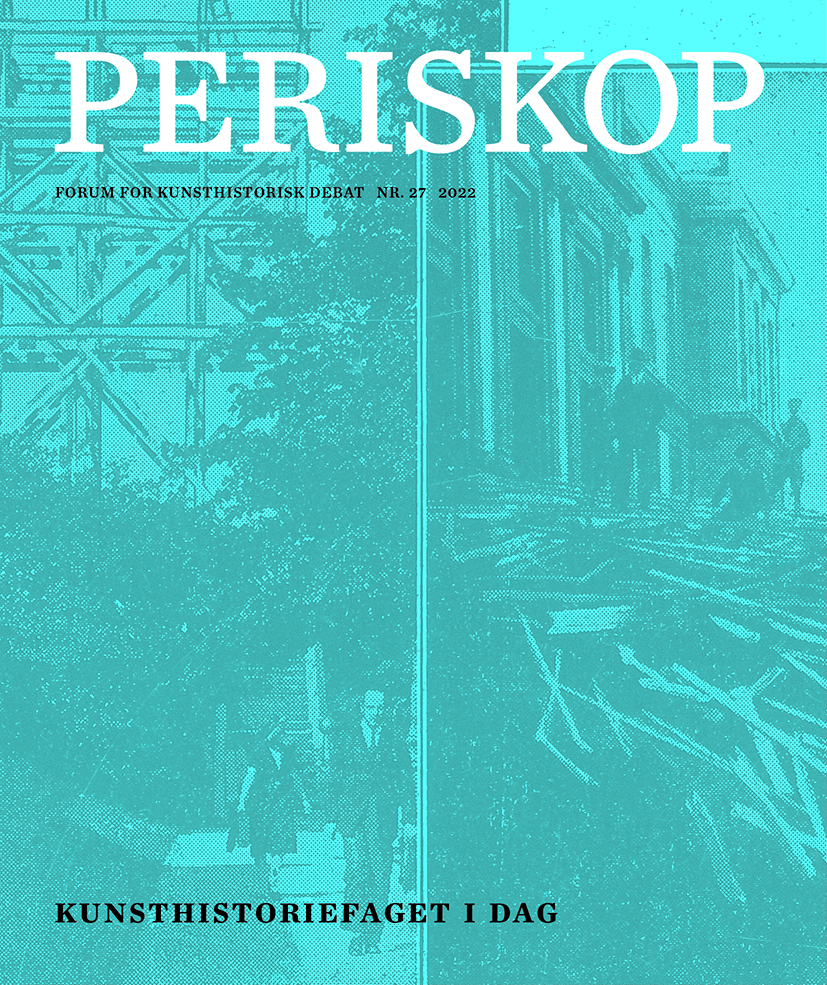Dukken som animeret billede – mellem idolatri og idollatry, mellem dukkekult og dukkekærlighed
Dukken som animeret billede – mellem idolatri og idollatry, mellem dukkekult og dukkekærlighed
DOI:
https://doi.org/10.7146/periskop.v2022i27.133729Resumé
ABSTRACT
In 2020, the annual seminar at Art History in Aarhus was dedicated to a category of images usually absent from art historical research: dolls and puppets. The premise of the seminar was that through their animation, dolls or puppets are a universal, albeit historical, kind of image across all visual and anthropological cultures. A doll may be defined as an interactive, animated, representational figure, tangible and usually anthropomorphic. Dolls and puppets are closely related to other three-dimensional images, such as statues, sculptures, fetishes, and idols, but they have been unduly marginalized within art history due to their lowly associations with the childish and the feminine, with play and palpable interactivity rather than disengaged aesthetic contemplation. In this playful primer in pupalogy, we approach art historiography from the animated and ludic perspective of the doll. We engage with dolls in order to learn more about their history and historiography, their forms of animation, scale, etymology, materiality, and liminal status between life and death. The article thus toys with the deepest heritage of the image: its animation, its play, and its ludic interactions.
Downloads
Publiceret
Citation/Eksport
Nummer
Sektion
Licens
Copyright (c) 2022 Forfatteren og Periskop

Dette værk er under følgende licens Creative Commons Navngivelse (by).
Forfattere, der publicerer deres værker via dette tidsskrift, accepterer følgende vilkår:
- Forfattere bevarer deres ophavsret og giver tidsskriftet ret til første publicering, samtidigt med at værket 12 måneder efter publiceringen er omfattet af en Creative Commons Attribution-licens, der giver andre ret til at dele værket med en anerkendelse af værkets forfatter og første publicering i nærværende tidsskrift.
- Forfattere kan indgå flere separate kontraktlige aftaler om ikke-eksklusiv distribution af tidsskriftets publicerede version af værket (f.eks. sende det til et institutionslager eller udgive det i en bog), med en anerkendelse af værkets første publicering i nærværende tidsskrift.
- Forfattere har ret til og opfordres til at publicere deres værker online (f.eks. i institutionslagre eller på deres websted) forud for og under manuskriptprocessen, da dette kan føre til produktive udvekslinger, samt tidligere og større citater fra publicerede værker (se The Effect of Open Access).


